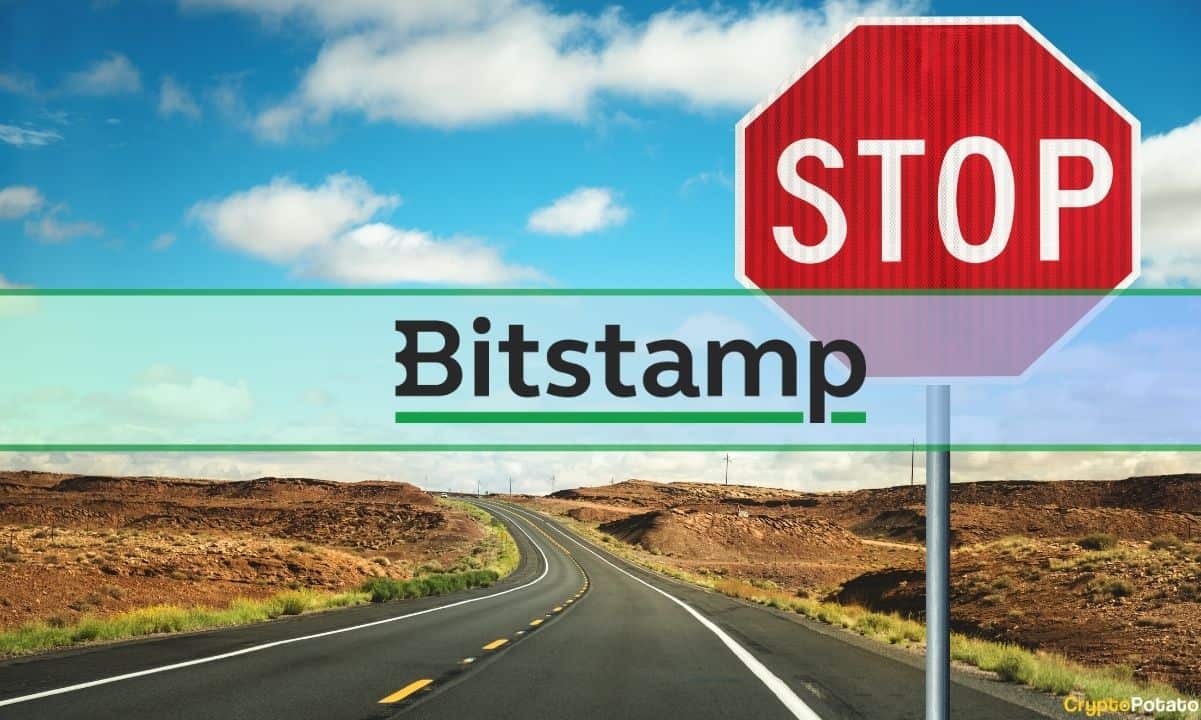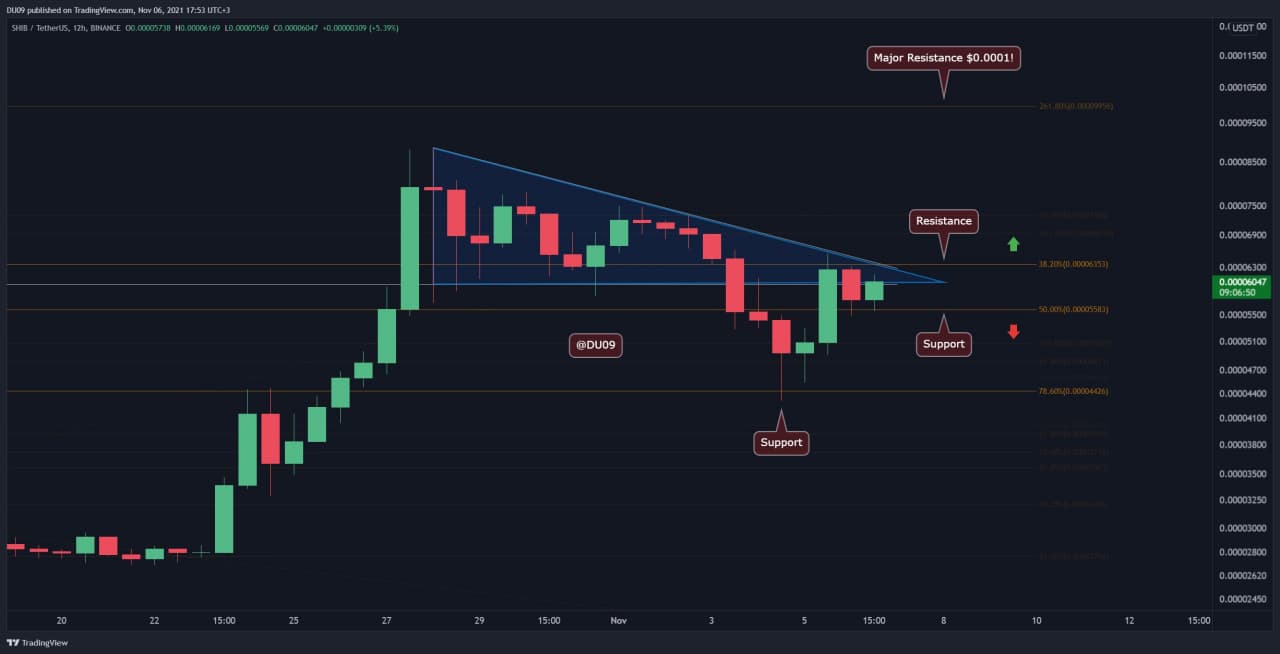Cardano’s Algorithmic Stablecoin DJED to Launch in January 2023
Shahaf Bar-Geffen – CEO of COTI, a stablecoin development company – revealed the launch date for Cardano’s new algorithmic stablecoin at Cardano Summit on Monday.
After a successful audit, the over-collateralized DJED token will go live in January 2023.
What is DJED?
DJED is Cardano’s attempt to create a price-stable digital asset backed by ADA – the network’s native cryptocurrency.
By sending ADA to a given smart contract address on Cardano, users will receive the same dollar value worth of DJED in return. Likewise, by sending 1 DJED back to the smart contract, the sender will receive $1 worth of ADA.
This model could theoretically collapse if ADA were to experience major downside volatility, causing circulating DJED tokens to no longer be fully backed. As such, the smart contract will also include a reserve currency, SHEN, to cover ADA’s price fluctuations, ensure price stability, and guarantee a collateralization rate of 400-800%.
SHEN holders will be rewarded with fees every time someone exchanges DJED or SHEN for ADA (or vice versa), creating an incentive to hold the token and help maintain the stablecoin peg ratio.
Unlike DJED, Shen will not be price-pegged, leaving it open to volatility just like ADA. However, the smart contract will prevent anyone from minting new SHEN tokens once the smart contract reaches a maximum threshold, in order not to dilute existing holders.
Recent market events have proven again that we need a safe haven from volatility, and Djed will serve as this safe haven in the Cardano network,” said Shahaf Bar-Geffen. “Not only do we need a stablecoin, but we need one that is decentralized, and has on-chain proof of reserves.”
Proof of Reserves
“Proof of reserves,” is a growing trend among crypto industry giants in the aftermath of FTX’s fallout, in which the exchange went bankrupt after allegedly misappropriating depositors’ funds for lending activity. This left the exchange unable to satisfy client withdrawals following a bank run earlier this month.
Rival exchanges including Binance and Bitstamp have agreed to provide blockchain-based proof of reserves to ensure customers that their funds remain safe at all times. Grayscale, however – the owner of the world’s largest Bitcoin fund, GBTC – refused to provide such transparency this weekend, citing “security concerns.”
Reserve transparency is a long-time expectation for stablecoin providers which rely on adequate reserves to satisfy token redemptions at all times. Tether, the issuer of USDT, has faced years of scrutiny over the legitimacy of its $60 billion + reserves but has thus far managed to satisfy redemptions when under stress.
Organizations like Terra have attempted to design algorithmic stablecoins that remove the requirement for trust in a centralized issuer. However, the ecosystem’s UST and LUNA tokens both collapsed to zero in May, making industry participants and regulators wary of similar models.
The three top stablecoins – USDT, USDC, and BUSD – are all backed solely by cash and US Treasury bills, per their latest attestation reports.
The post Cardano’s Algorithmic Stablecoin DJED to Launch in January 2023 appeared first on CryptoPotato.









